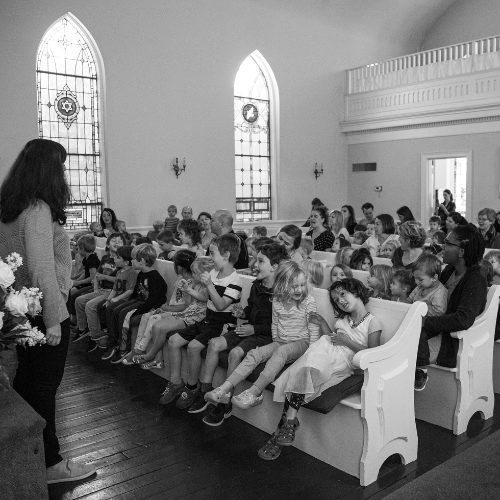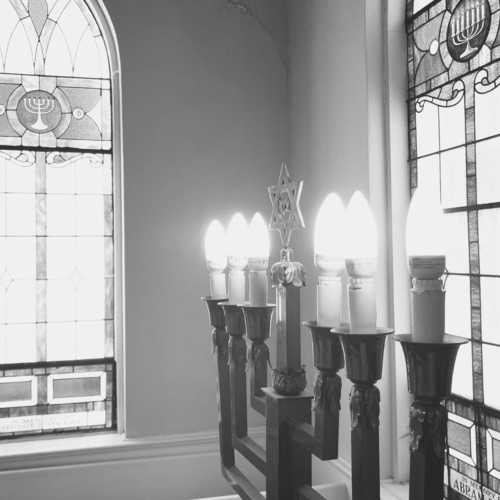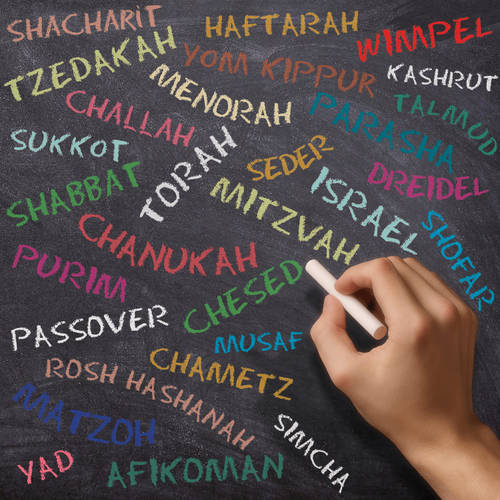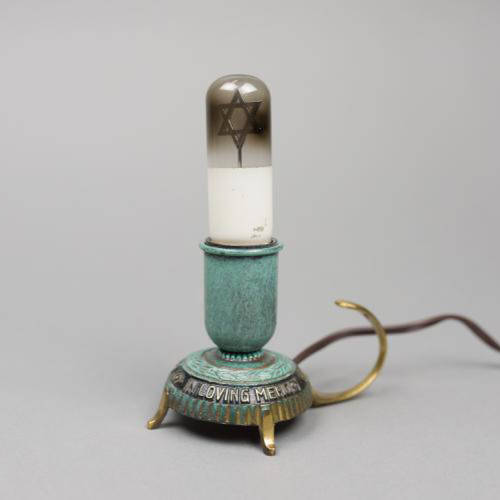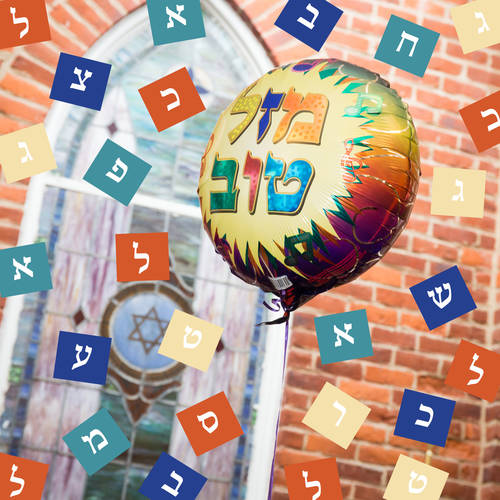History

January 13, 1870: The local merchants, Isaac Leterman and Bernard Oberdorfer, purchase property in their capacity as trustees for the Charlottesville Hebrew Benevolent Society to serve as a Jewish cemetery.
1882: The Hebrew Benevolent Society begins to hold board meetings as Beth Israel Congregation under the leadership of President Aaron Brunn.
March 10, 1882: Land is purchase for the synagogue on the corner of Market and Church (now Second) Streets, a site now occupied by the Jefferson-Madison Regional Library.
 October 5, 1882: The cornerstone to the Gothic revival structure designed by a local architect, George W. Spooner, is laid. This was an elaborate affair with the Widow's Sons' Masonic Lodge, the local chapter of B'nai Brith, and the Third Regiment Band assisting in the pomp.
October 5, 1882: The cornerstone to the Gothic revival structure designed by a local architect, George W. Spooner, is laid. This was an elaborate affair with the Widow's Sons' Masonic Lodge, the local chapter of B'nai Brith, and the Third Regiment Band assisting in the pomp.
May 30, 1883: Rabbi William Weinstein of Alabama is hired to guide the Congregation. Records are not clear about the duration of his tenure. It seems that a pattern of lay leadership soon is in place and is maintained into the 1940’s.
June 8, 1883: The synagogue is dedicated.
1883: The first Jewish wedding takes place in the synagogue.
1902: United States Government requests that CBI sell the land where the synagogue stands to make way for a forthcoming post office building (now a library). By 1904, the synagogue has been rebuilt on its current location.
June 18, 1903: The Widow's Sons' Masonic Lodge laid the cornerstone to the current structure.
February 9, 1904: Dedication ceremony was held for the rebuilt synagogue.

1927: CBI joins the Union of American Hebrew Congregations (Reform), a decision resulting out of compromise between older German Jewish families and newly arrived Jews of Eastern European descent.
1939: With the hiring of Rabbi Albert Lewis as Director of the B'nai B'rith Hillel Foundation at UVA, a succession of Hillel directors served CBI in a part-time rabbinic capacity through 1976.
January 6, 1948: During Friday night services on January 6, a furnace malfunction resulted in a fire. Harry O’Mansky and Isaac Walters rescued the Torah scrolls, but the fire destroyed the roof and damaged the contents of the building.
January 29, 1949: CBI is rededicated.
Summer 1979: Rabbi Sheldon Ezring arrives to become the first full-time rabbi of CBI in the 20th century.
May 13, 1982: In celebration of the 100th anniversary of CBI, the re-laying of the cornerstone by Widow's Son's Masonic Lodge.
Summer 1982: Bernard Honan is hired as CBI’s second full time rabbi. Harry and June O’Mansky fund the building of an addition for a religious school. That one-story addition is replaced by a three-story addition in 1995.

1988: The Hillel Rabbi/Director, Daniel Alexander, is hired as full-time Rabbi of CBI.
1994: An exhibit was mounted at the Albemarle County Historical Society detailing the history of Jewish settlement in the Charlottesville area. An accompanying catalog was written by Carol Ely, Jeffrey Hantman, and Phyllis Leffler, entitled "To Seek the Peace of the City: Jewish Life in Charlottesville."
May 12, 1995: The Widow’s Sons’ Masonic Lodge lays the cornerstone for a new education wing.
1999: CBI acquired a Torah Scroll on permanent loan from the Czech Memorial Scrolls Trusts that had been confiscated by the Nazis from Frydek-Mistek along with hundreds of others from the former Jewish communities of Bohemia and Moravia. These scrolls were rescued by the Czech Memorial Scrolls Trust in 1964 and since then, many have been distributed to Jewish communities around the world in order to memorialize those lost communities.

Summer 2016: Thomas Gutherz is hired as Senior Rabbi after serving as Rabbi-Educator for 11 years at CBI. Newly ordained, Rachel Schmelkin is hired as Rabbi-Educator.
January 2017: Rabbi Daniel Alexander becomes the first Rabbi Emeritus of CBI.
January 2018: Still serving the Jewish community now and for the future.


